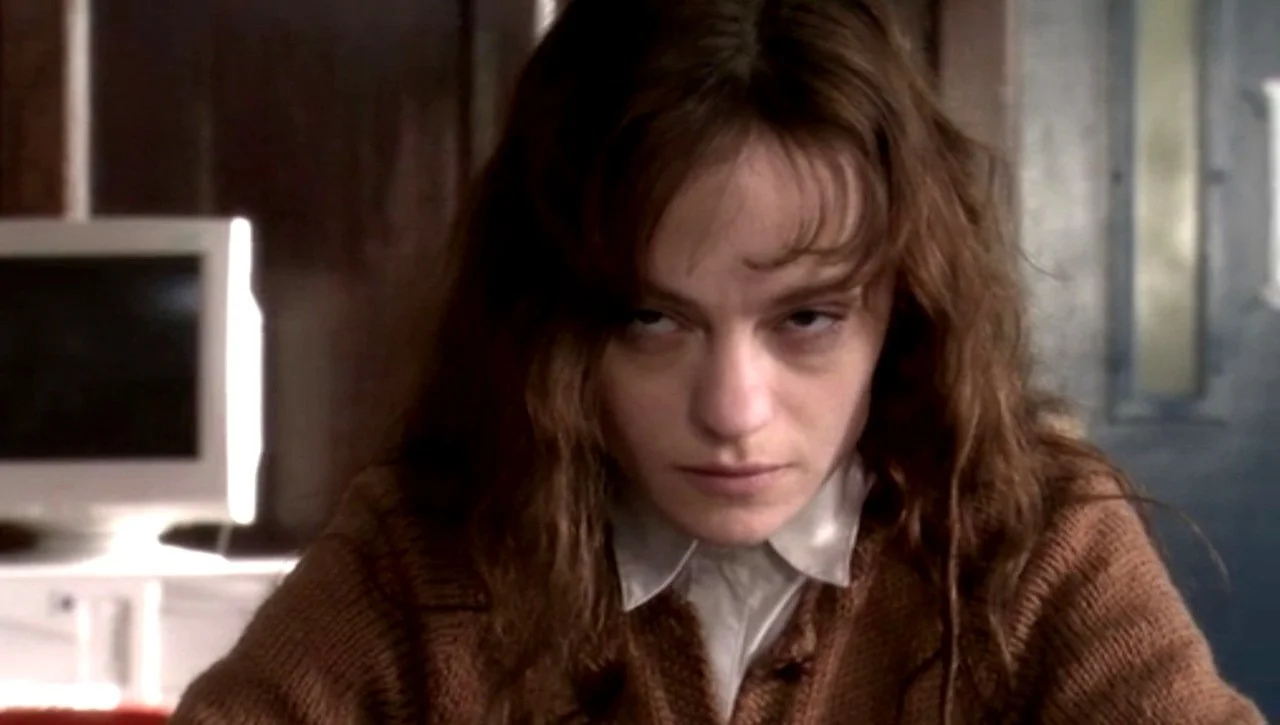The Pumpkin King: CARRIE(s)
In Defense Of The Other Carrie Adaptations (Yes, Plural)
Most horror fans groan when they hear that yet another remake is coming out. I’m guilty of it, too. Some outshine their source material, like John Carpenter’s THE THING, and some fall tremendously short of the goal line (I won’t name names but you know). But to each their own, right? I didn’t come here to trash on remakes; I came here to praise two of them.
Master of horror author Stephen King has a vast catalog to pull from to adapt into movies but some of them were bound to happen more than once. The Shining, Pet Sematary, and Carrie have all been on screen more than once, with Carrie hitting the screen on three separate occasions.
Like many other people assigned female at birth who found horror at a relatively young age, I first read King’s debut novel Carrie in middle school. Of course, I loved it. It was one of the books I carried with me to read whenever I had time to read in class, along with another favorite King novel, Misery. Not too long after that when I started adding physical media to my budding horror collection, I found the DVD three-pack of CARRIE movies—the original 1976 version, THE RAGE: CARRIE 2, and a version I didn’t even know existed that came out in 2002. The late-late sequel THE RAGE: CARRIE 2 came out in 1999 and that film isn’t why we’re here today but it is worth mentioning in the world of Carrie because it is a strong sequel after a long time jump.
CARRIE (2002) was produced and aired by NBC and written for television by Bryan Fuller (Hannibal television series). It stars Angela Bettis as (the best) Carrie the same year that she starred in MAY as the titular role. Linda Stasi of the New York Post praised her performance and said that Bettis should win an Emmy. Bettis was the best Carrie White and I will die on that hill. No disrespect to Sissy Spacek’s haunting performance or to Chloë Grace Moretz who followed in 2013, but Bettis was just about how I had pictured Carrie the first time I read the book back in middle school.
The made-for-TV movie also stars Patricia Clarkson as Margaret White, Rena Sofer as gym teacher Miss Desjarden, Katharine Isabelle as Tina Blake (two years after her cult-classic GINGER SNAPS was released), and Emilie de Ravin as bully Chris Hargensen, who later returned to horror in the 2006 remake of THE HILLS HAVE EYES.
When the 2013 remake was announced, I was guilty of groaning at the thought. It was still the peak season for horror remakes so it was just bound to happen. My biggest groan was at the casting of Chloë Grace Moretz as Carrie because if she’s the ugly duckling then the rest of us are in trouble. She was too attractive to play Carrie but her performance made up for it. It was directed by genderqueer filmmaker Kimberly Pierce (BOYS DON’T CRY) and also starred Julianne Moore (HANNIBAL and the PSYCHO remake) and Judy Greer (CURSED and the latest HALLOWEEN trilogy).
I’ll keep the arguments about faithfulness to the source material short. All movie adaptations of Carrie have been accurate, it’s just a matter of where things get trimmed. The format for the TV pilot/movie is similar to the book, where it flips between students and faculty being interviewed by the police about what happened at the prom, and the story leading up to that fateful night. This format probably aided in the movie reaching a 132-minute run time, before commercials were even added, and that was one thing that critics picked at. Now, because the series was intended to be a “backdoor pilot” for a potential television series that never did come to be, they vastly changed the ending and Carrie lives. After Carrie’s mom attempts to drown her, Sue Snell (played by Kandyse McClure) comes in, resuscitates her, and helps her “stay dead” by driving her out of the state to start a new life away from the destruction on prom night. Not really the best of endings but if they were trying to spawn a series from it then good on them for trying?
What sticks out the most to me is that of the three, the 2002 version is the only version to keep Margaret’s death the same as in the book. I’ll admit, seeing someone be crucified by knives flying through the air is visually awesome and it was a clever change, taking out Bible-thumping Margaret in such a poetic way. However, in the book, Carrie slowly crushes her heart with her telekinetic powers, and 2002 CARRIE offers us a CGI shot of the inside of Margaret’s chest, her heart caving in, which left me even more satisfied with that adaptation.
Are either of them worthy of a five-star rating on Letterboxd? Not really, no. But neither are deserving of being tossed aside just because they’re retellings of King’s classic novel.




